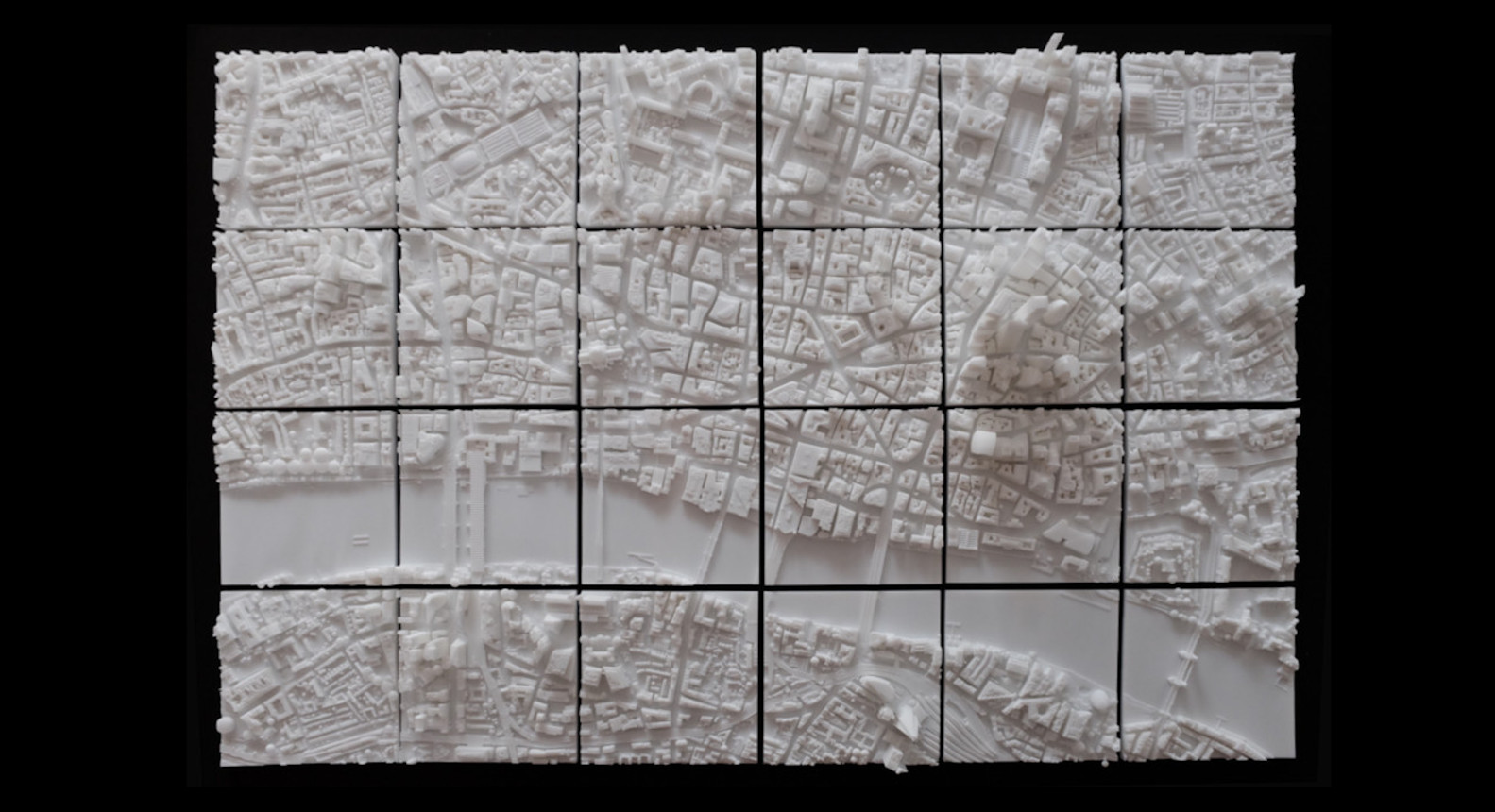Printing 3D models of buildings
Contents |
[edit] Introduction
Professions such as architects, landscape designers and other property experts used to rely on time-consuming, sometimes cumbersome techniques to create small-scale models of buildings. Now there is a more efficient option: the 3D printer. These devices can rapidly create accurate, fully-functional models of any almost any aspect of the built environment.
To get the best results, these simple steps should be followed.
[edit] Consider the building qualities
Before beginning printing, it is important to think about the characteristics of the structure that will be replicated. In particular consideration should be given to:
- The required size of the model.
- Important external features.
- Visual details of the interior.
- Important colours and patterns.
- Context model
It is only by recording as many of the significant details as possible, that the final 3D model will accurately represent the original vision.
[edit] Formulate a detailed blueprint
It is then necessary to create an accurate drawing so that the printer knows what to create. It is recommended that a computer aided design (CAD) program is used for this purpose as:
- The dimensions will be more accurate.
- It is possible to make adjustments more easily.
- The image can be viewed from all angles.
There are printing specialists that can help with this if necessary. Being involved in this stage can make their own job easier in the long run.
[edit] Find a suitable printing specialist
It is then necessary to find a locally-based agency specialising in 3D printing. These experts should have the following qualities and capabilities:
- A fully-equipped, modern workshop.
- Prototyping, engineering and design capabilities.
- An experienced, professional team.
- A keen eye for detail on all projects.
It is important to research which 3D printing specialists will be able to take on the project in a rapid, efficient and affordable way, producing an accurate scale model that properly replicates all the characteristics of the property.
[edit] Choose an appropriate method
Lastly, it is necessary to work with the chosen 3D printing specialist to determine exactly how to create the model. While they will certainly use the 3D printers they have in their workshops, they may also suggest the following techniques for certain parts:
- Computer Numerical Control (CNC) machining.
- Hand crafting.
It is also important to think about how to finish the model. For example, what colours will be used, will it be necessary to sand or polish the model and so on.
--Blueprint4d 03:21, 16 December 2014 (UTC)
[edit] Find out more
[edit] Related articles on Designing Buildings Wiki
- 3D concrete printer.
- 3D printed bridge.
- 3D printing
- Building information modelling.
- Computer aided design.
- Computer aided manufacturing.
- How can drones transform construction processes?
- Modular buildings.
- Off-site prefabrication of buildings: A guide to connection choices.
- Prefabrication.
- Rapid prototyping.
- WikiHouse.
Featured articles and news
CIOB report; a blueprint for SDGs and the built environment
Pairing the Sustainable Development Goals with projects.
Latest Build UK Building Safety Regime explainer published
Key elements in one short, now updated document.
UKGBC launch the UK Climate Resilience Roadmap
First guidance of its kind on direct climate impacts for the built environment and how it can adapt.
CLC Health, Safety and Wellbeing Strategy 2025
Launched by the Minister for Industry to look at fatalities on site, improving mental health and other issues.
One of the most impressive Victorian architects. Book review.
Common Assessment Standard now with building safety
New CAS update now includes mandatory building safety questions.
RTPI leader to become new CIOB Chief Executive Officer
Dr Victoria Hills MRTPI, FICE to take over after Caroline Gumble’s departure.
Social and affordable housing, a long term plan for delivery
The “Delivering a Decade of Renewal for Social and Affordable Housing” strategy sets out future path.
A change to adoptive architecture
Effects of global weather warming on architectural detailing, material choice and human interaction.
The proposed publicly owned and backed subsidiary of Homes England, to facilitate new homes.
How big is the problem and what can we do to mitigate the effects?
Overheating guidance and tools for building designers
A number of cool guides to help with the heat.
The UK's Modern Industrial Strategy: A 10 year plan
Previous consultation criticism, current key elements and general support with some persisting reservations.
Building Safety Regulator reforms
New roles, new staff and a new fast track service pave the way for a single construction regulator.
Architectural Technologist CPDs and Communications
CIAT CPD… and how you can do it!
Cooling centres and cool spaces
Managing extreme heat in cities by directing the public to places for heat stress relief and water sources.
Winter gardens: A brief history and warm variations
Extending the season with glass in different forms and terms.
Restoring Great Yarmouth's Winter Gardens
Transforming one of the least sustainable constructions imaginable.

























